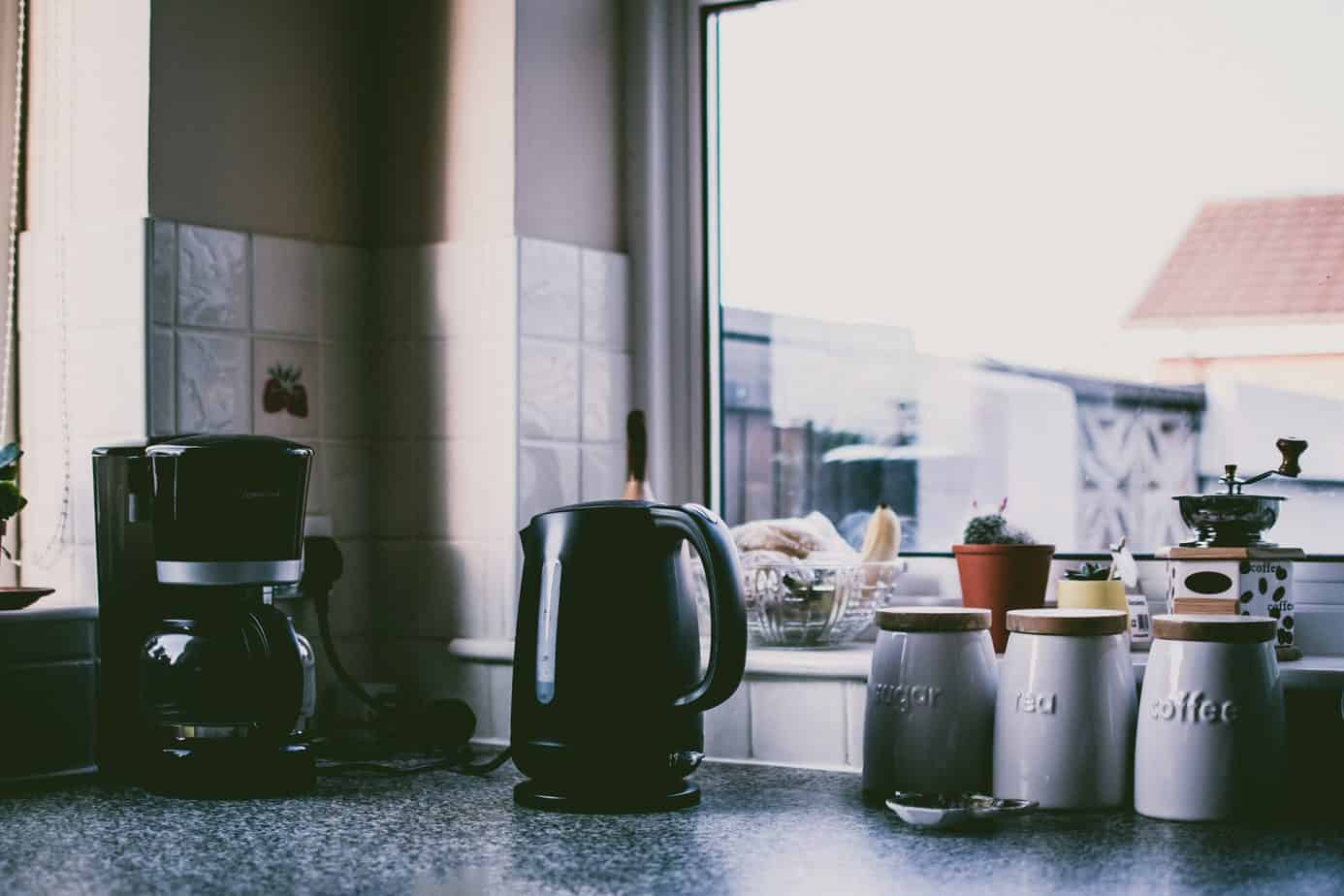
Limescale in your kettle can make your tea or coffee not taste as it should. It’s a good idea to descale your kettle once a month to make sure your hot drinks are tasty and above all healthy. Check how to descale your kettle.
The safest and, above all, the most ecological way is to descale the kettle with vinegar water. Pour 250 ml of vinegar and half a cup of water into the kettle. Boil the mixture and then pour it out after an hour
Remember that immediately after cleaning the kettle a characteristic smell of vinegar may remain. To get rid of it, it is advisable to wait before you make water in it to drink – boil the water in the kettle and pour it out to avoid unpleasant taste of the next portions. When cleaning the kettle with vinegar, be very careful not to add too much of it to the kettle. Otherwise, you may damage the rubber and plastic parts of the appliance.
Kettle descaling with baking soda is also very popular. Pour about two tablespoons of baking soda into the kettle and then pour water over it. Wait for about an hour and then pour out the mixture after that time. Baking soda, like vinegar, can leave an unpleasant taste in the water. To get rid of it, boil the water in your kettle several times and rinse it thoroughly
Decalcifying the kettle can also be done with citric acid. It will get rid of stains and deposits without spending money on expensive chemicals. Put a whole pack of citric acid in a kettle full of water and wait three hours. If you do not have citric acid at home, you can also use lemon juice. The peel from this citrus fruit will clean the walls of the kettle very quickly. It will also give them a shine and make sure that limescale does not build up as often.
Do you often use potatoes in your dishes but throw away the peelings? After reading this advice you will never do that again! It turns out that potato peel works great for cleaning your kettle from scale. Simply place the cleaned potato peels in the bottom of your kettle and pour water over them
Boil them several times and pour out the water – be sure to rinse the kettle again before making yourself a cup of coffee or tea! This method is not suitable for plastic kettles as the potato peel can leave unsightly stains on the surface of the kettle
If citric acid and vinegar don’t do the trick, you can use, for example, a descaler for espresso machines, as well as other chemicals. These will dissolve even very visible scale deposits and keep the kettle clean and ready to use
The easiest way to have tastier drinks made with boiling water and a clean kettle is to use a water filter. There are now very handy filter jugs that allow you to treat your drinking water, but they will also work well for your kettle
A water softener, installed under the tap or in the boiler room – if you have a detached house – also works well. Softener added to the device reduces the amount of limescale in the water, making it easier to keep the kettle clean. However, if you can’t afford to install a water conditioner, the filter in the jug should be enough.
Main photo: Lisa/pexels.com